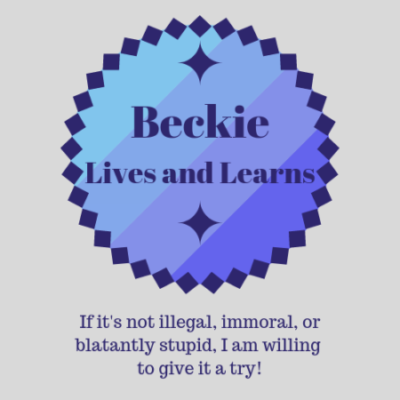Up, Up, and a Say!
I recently signed up for a business related class at my local library. (Ironically, this was on the same day that I learned how to sew the coffee cup cozy mentioned in the last post, but it was at my other local library. I may be doctor, but I don’t golf, so I find other things besides housework to do on my day off.) I decided to attend the class just because I thought it would be interesting and potentially useful. The class was “Craft Your Perfect Elevator Speech.” (Now does the punny title make sense? It made me chuckle.)
I would like to share some of the tips I learned at this program. Here are some things to think about as you create your elevator speech. Remember, you only have about 20 seconds to get your audience interested in what you have to sell.
- What is the product, service, or features that you are going to provide?
- Think about what you have to offer. What does the customer want? People want “benefits” (ie good health, more free time, safer home) more than “features” (ie contains vitamins, better suctioning power from the vacuum, plant based ingredients). The benefits are what get people interested and act as the “hook”. The customer wants to know “What is in it for me?” If you are selling yourself, your “features” may be your skills and training. Your “benefits” are what you can do for the company you want to impress.
- You can ask or say something to make your potential customer take notice. You may be able to use a question to identify a problems. (Do you feel as though you lack energy? Do you have to get a gift for the family member who has everything?)
- A “tagline” can help. That little “hook” can help you be more memorable. Remember, we are working in a very limited time frame.
As you put together your elevator speech, think about both your “benefits” and “features.” You will include some of each. Don’t forget to identify what exactly you are trying to “sell”, but spend more of your time focusing on what you can bring of value or what you can do to help your listener. Focus on the main benefits so that your audience wants to come back to you to learn more. Then you can start giving more of the “features” of what you are selling. You don’t have to say everything on your elevator ride. Don’t try. It is better to focus and use fewer words than to rush. Start with what is most important.
You can practice different speeches depending on how much time you may have (perhaps you are attending a local networking event where you may have a few minutes rather than a few seconds) and who your audience is (potential clients/customers vs employer vs collaborator). If you know that you will be seeing the same people at several different events, you can consider focusing on a different aspect of what you have to sell at each gathering.
Practice. Practice, practice, practice.
We had the chance to put together an elevator speech at this program. Surprise! Despite the fact that it made complete sense, I wasn’t prepared for that. Most of the attendees were there for a specific purpose. I was just there as part of my “trying to just learn about a lot of different stuff” experience. I figured that I would use the opportunity to think about how to “sell” my blog to potential readers once I launched this blog. (I admit that I am writing this content while learning how to set up a blog. The plan to learn a lot this year started before my plan to learn to blog–though this does tie in nicely.) I guess that time will tell how that goes.
Because we practiced with the person sitting next to us, I had the extra bonus of being able to meet a very nice woman who also lives in a nearby suburb and has kids similar in age to mine. I hope to never be able to use her services (she is a mediator), but who knows where else I may run into her and be able to say, “Hi!” We also learned that we have a mutual friend that we know for completely different reasons–small world!
The class leader asked for volunteers to practice their elevator speeches in front of the group. It was inspiring. It was a good reminder of how important it is to support others when they step outside of their boxes to do something new or potentially embarrassing. Despite our differences, we all do have a lot in common. We can have the same insecurities. Helping and supporting others is not a zero sum activity–it can be additive. It is important to remember that we do not have to be alone, and we can all benefit from helping each other.
That evening, I learned a skill that, in some way, I am bound to apply at some point in time, and, as a bonus, I made and felt new connections with people in the community I had not previously met. That can only be a good thing.






2 Comments
Patti
As I start my journey into blogging this post hits the nail on the head. You gave ideas to think about that I hadn’t thought of.
Great Job!!!!🦋
Beckie
Thanks! I hope it is useful!